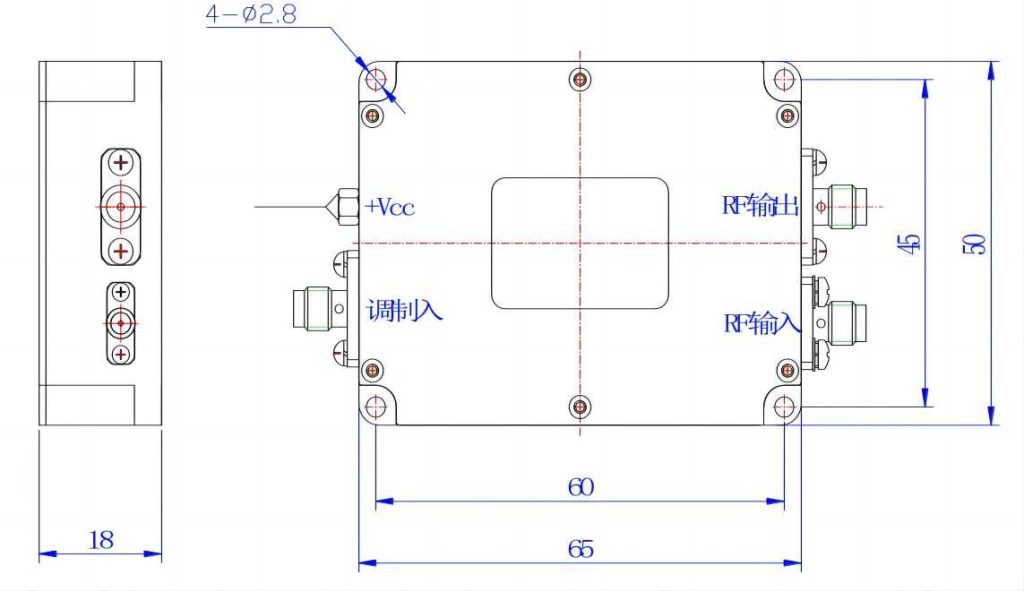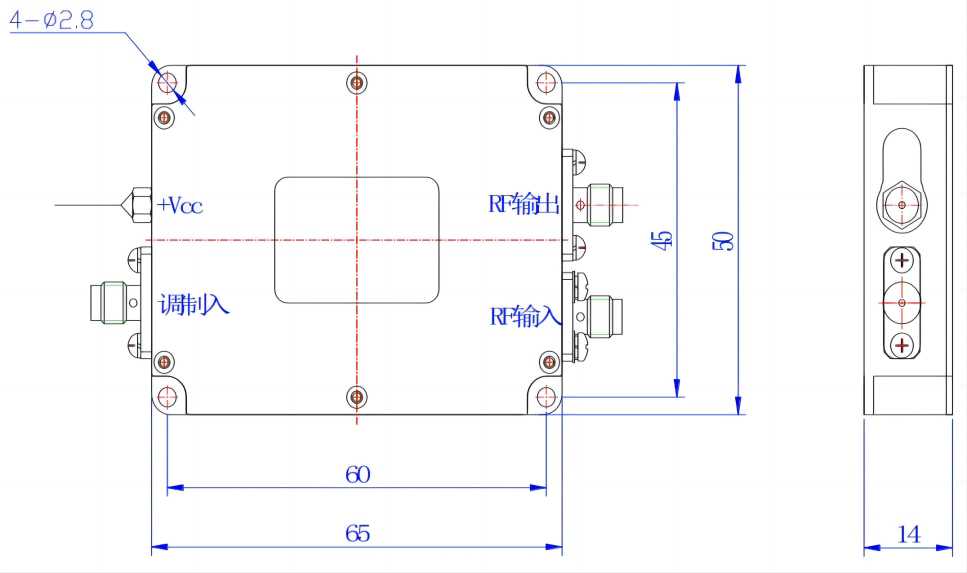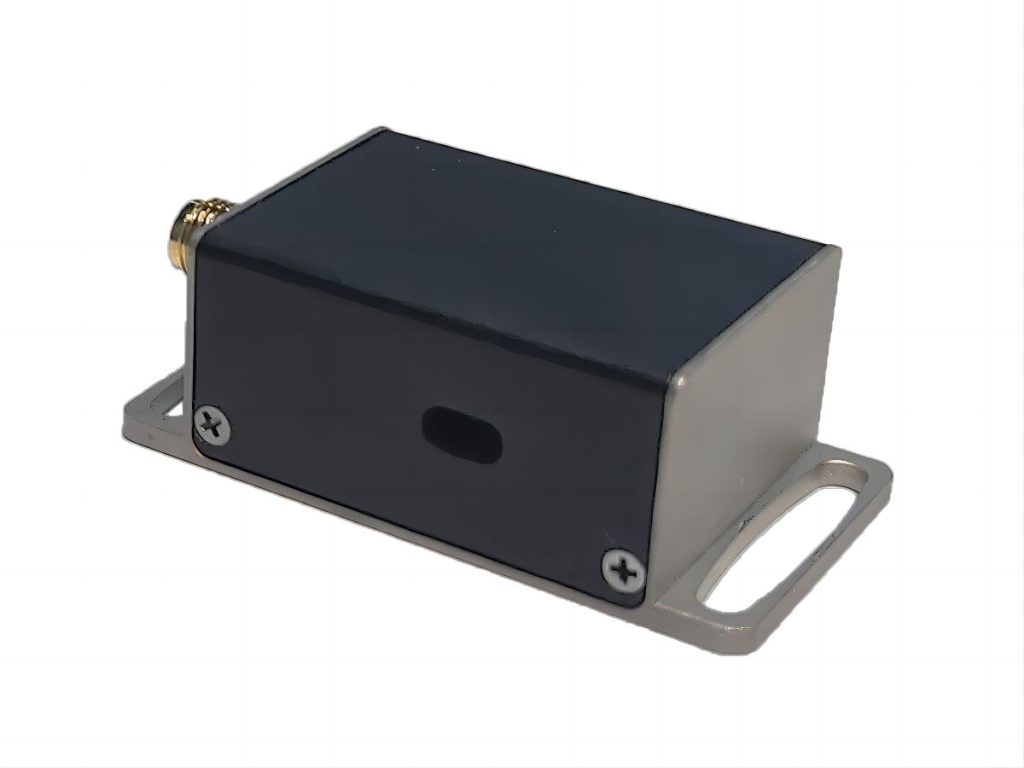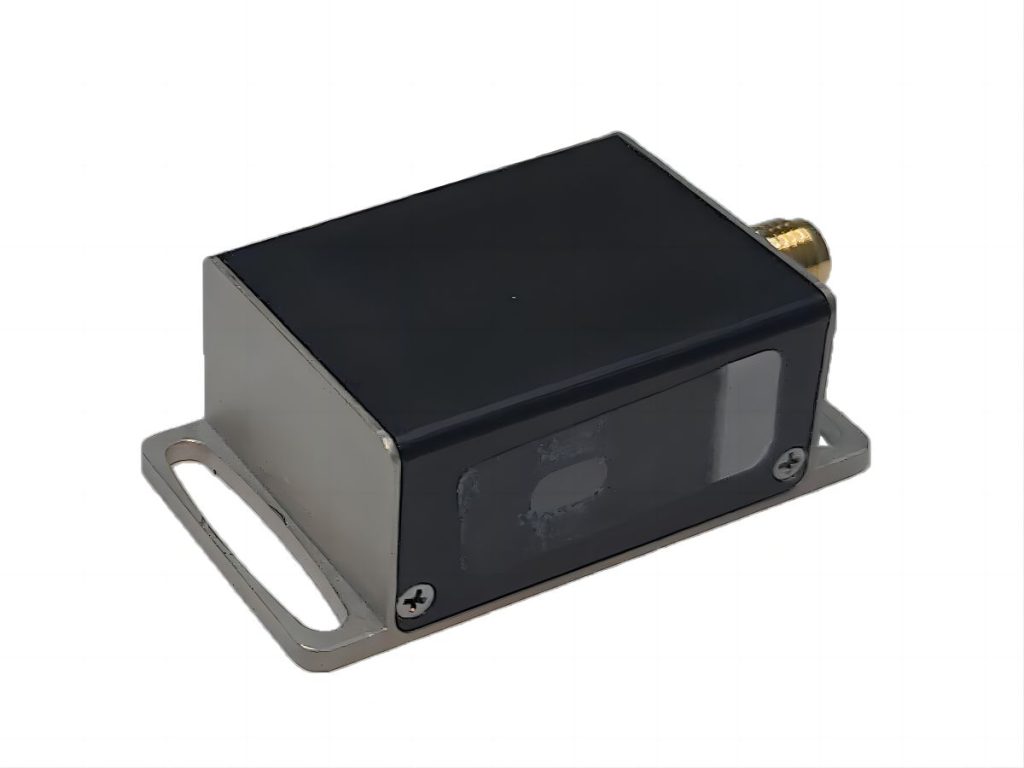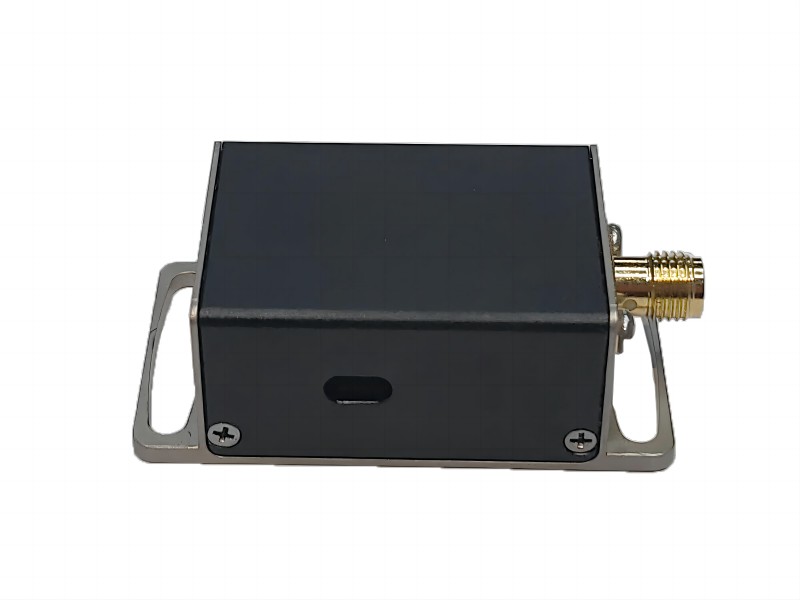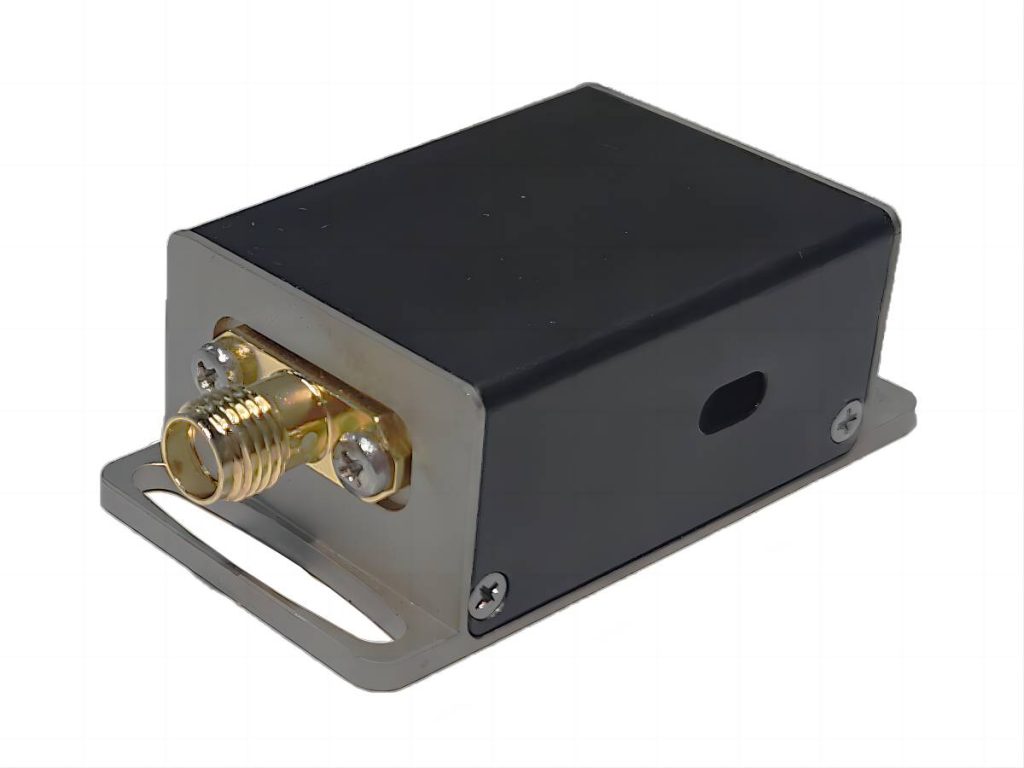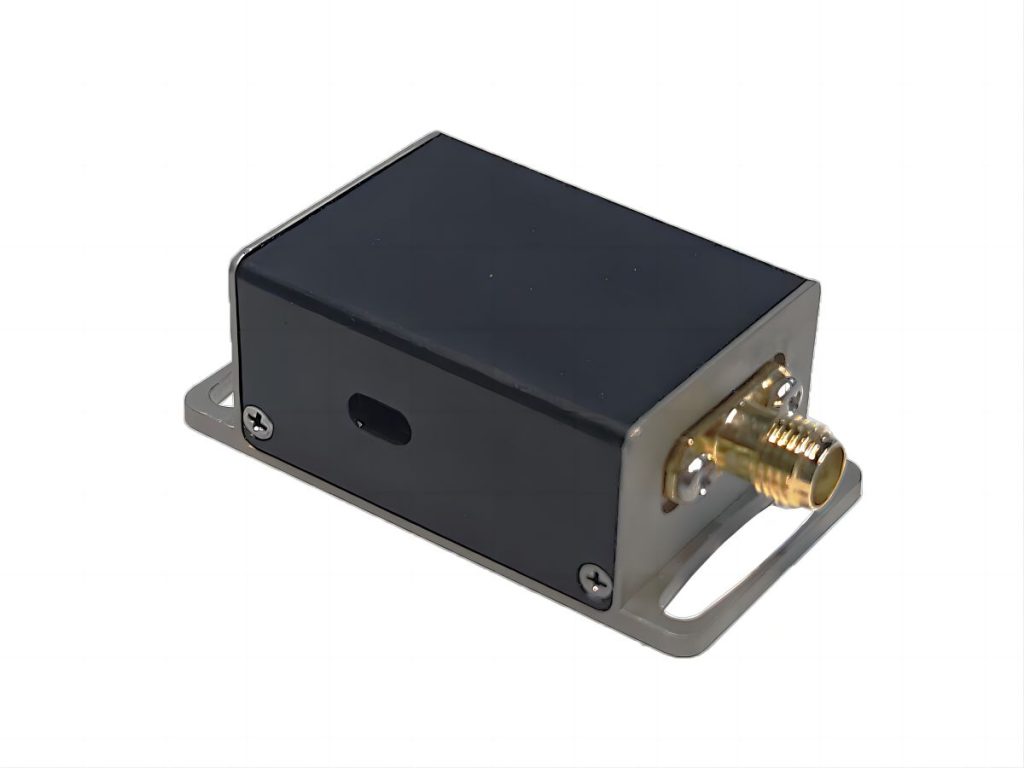
1064nm Space AOM Series
An acousto-optic modulator (AOM) is a kind of acousto-optic device that can modulate laser intensity and frequency shift by the principle of acousto-optic interaction. Its modulation bandwidth and dynamic range are much better than traditional mechanical products. Operating wavelengths extend from visible to mid-infrared. The rise/fall time of the light pulse is proportional to the beam diameter. Therefore, the laser beam must be focused inside the modulator to achieve a faster rise time. The product is packaged with a full metal shell, which is not easy to wear and has stable performance.
Characteristics of 1064nm Space AOM Series
- Fast modulation speed
- High diffraction efficiency
- High-temperature stability and reliability
- Small size
Applications of 1064nm Space AOM Series
- Lidar
- Material processing
- Laser Doppler system
- Image processing
- Cold atomic physics
Ordering Information of 1064nm Space AOM Series
This indicator is a typical optical wavelength indicator, and other wavelengths and frequencies can be selected.
| Parameter | Unit | SGT80-1064-2TA | SGT110-1064-1TA | SGT200-1064-0.3TA | SGT300-1064-0.2TA |
| Wavelength | nm | 1064 | |||
| Polarization state of input light | – | arbitrarily | |||
| Center frequency | MHz | 80 | 110 | 200 | 300 |
| Diffraction efficiency | % | ≥80 | ≥80 | ≥80 | ≥80 |
| Frequency shift bandwidth | MHz | 15 | 20 | 50 | 60 |
| Optical aperture | mm | 2 | 1 | 0.3 | 0.2 |
| Diffraction light separation angle | mrad | 20.3 | 27.9 | 50.7 | 76 |
| Drive power | W | ≤2 | |||
| Rise time of light pulse | ns/mm | 160 | |||
| Damage threshold | W/mm2 | 10 | |||
| Static transmissivity | % | 95 | |||
| Extinction ratio | – | >1000:1 | |||
| RF connector | – | SMA | |||
| Input impedance | Ω | 50 | |||
| VSWR | – | <1.3:1 | |||
| Cooling mode | – | Conduction cooling | |||
| Material Science | – | Tellurium oxide | |||
| Package | – | TA | |||
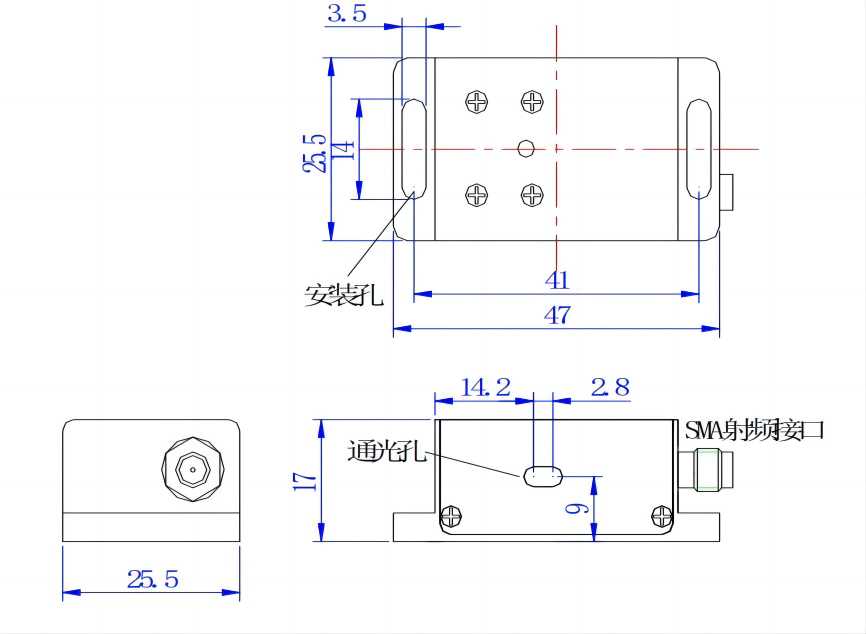
Low-power N-type Acousto Optic Driver for 1064nm Space AOM Series
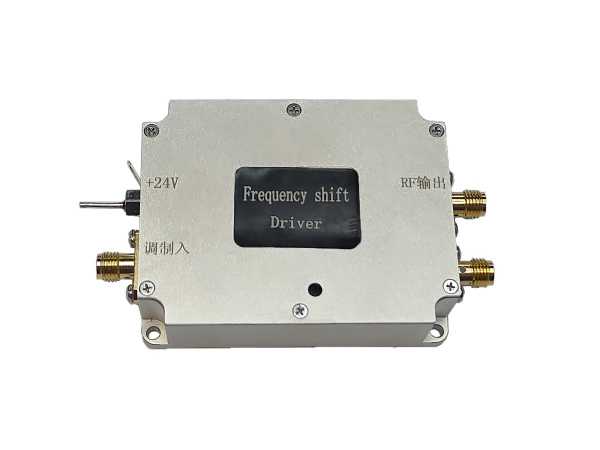
This acousto-optic driver module functions as a dedicated radio frequency (RF) signal source specifically designed to support acousto-optic devices. Compatible with acousto-optic modulators and frequency shifters requiring driving power below 3 watts, the module precisely generates an RF signal to excite ultrasonic waves within the device’s crystal. The applied RF signal’s frequency and intensity directly influence the beam’s modulation, deflection, or tuning degree. Notably, the driver boasts an efficient heat dissipation design, and implementing a matched driver-device combination enhances temperature stability.
| Supporting Drive | Model SGXXXX-33-N-ab SGXXXX: Base model identifier -33: Denotes RF output power (e.g., 33dBm) -N: Designates package type (specify available options) -X: Function code: Y: Frequency shift function T: Modulation function -A: Power supply voltage: 1: 24V 2: 12V -b: Modulation input type: D: Digital TTL modulation A: Analog modulation | ||||||
| SGT80-33-N2-1D SGT80-33-N2-1A1 SGT80-33-N2-1A5 | SGT110-33-N2-1D SGT110-33-N2-1A1 SGT110-33-N2-1A5 | SGT200-33-N-1D SGT200-33-N-1A1 SGT200-33-N-1A5 | SGT300-33-N2-1D SGT300-33-N2-1A1 SGT300-33-N2-1A5 | ||||
Performance of Low-power N-type Acousto Optic Driver on Space AOM
- Small size
- Fast response time
- Low power consumption
- High-temperature stability and reliability
| Item | Unit | Specifications of the modulation input interface | |||
| Specifications of modulation input interface | |||||
| Modulated signal input | – | Digital modulation (high level 3.3-5V; low level 0-0.2V@1k Ω) Analog modulation (A1: 0-1V@50 Ω) Analog modulation (A5: 0-5V@1k Ω) | |||
| Interface | – | SMA | |||
| RF output interface specification | |||||
| Output signal frequency | MHz | 80 | 110 | 200 | 300 |
| Frequency stability | ppm | 100 ( 1 Special) | |||
| Rise and fall time | ns | <25 | <25 | <10 | <8 |
| Output signal power | W | <2 | |||
| Switching ratio | dB | ≥60 | |||
| Harmonic suppression ratio | dBc | >25 | |||
| Signal output standing wave ratio | – | ≤1.3 | |||
| Interface | – | SMA | |||
| Complete machine specification | |||||
| Maximum power consumption | W | 10 | |||
| Working voltage | Vdc | 24±1V(Optional 12±0.5) | |||
| Power interface | – | Through core capacitance (core wire is connected to positive, solder lug is connected to negative) | |||
| Package | – | N/N2 | |||
